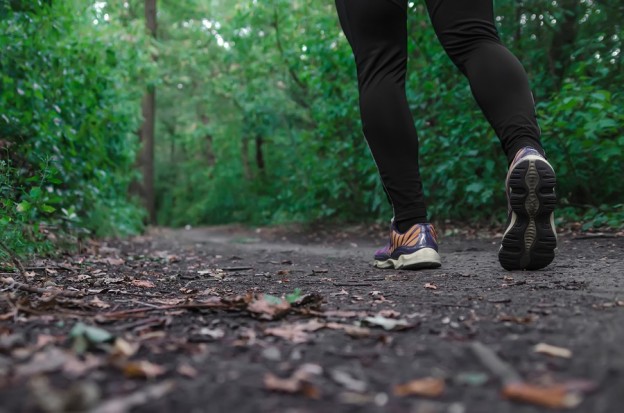Thirty-three years ago I was your typical fun runner, logging in about 20 miles a week or so, participating in the local 5 and 10K races and feeling pretty strong and healthy. Shortly after the Christmas holiday season that year, my runs suddenly turned sluggish and over the course of a few days it came to the point where making a slow jog to the corner was impossible. I was constantly exhausted – I mean dragged right down – and had a thirst that couldn’t be quenched. Combining this insatiable thirst with a constant need to go the bathroom, I dreaded the thought of trying to spend 7 hours in bed for the course of the night.
It’s amazing what a person will submit themselves to before resigning to the fact they need to see a doctor. We all wait and I was no different; in my case, it got to the point where I thought I was going to die before I made the trip to find out what the heck was going on. Well I did finally go and was diagnosed with Insulin Dependent Diabetes Mellitus, also known as juvenile onset or Type I. Since that day my running has been an important tool in effective management of my blood glucose levels. You see, it was explained to me that the complications associated with diabetes mellitus are the result of blood glucose levels remaining outside the bounds of what’s considered “normal” and are not necessarily inherent to being diabetic. In other words, if you have diabetes mellitus and keep your blood glucose levels in the normal range, you can indefinitely avoid the complications associated with diabetes, and carry on with a pretty healthy life style (that is good news). However, maintaining normal blood glucose levels is no easy task. Fortunately, running can be an important tool in helping us effectively manage blood glucose levels – we are in fact literally running for our lives:
Type I – Exercise is not a cure but there are benefits.
- Weight control – As we all know, running helps with weight management and there is a direct correlation between weight control and the effective use of insulin.
- Insulin efficiency – Your use of insulin is also dramatically enhanced from exercise even if weight control is not an issue. I have seen my own bolus insulin requirements change by as much as 30%. And when I enter into the off season, with the physical demands of running reduced, my insulin requirements will go up associated with same level of carbohydrate intake…if I stay with the same level of carbohydrate intake I will gain weight.
- Psychological benefits – Endorphins – WOW!! This is key…it gets you past the “oh poor me” and lets you know you have control of your life and destiny.
Type II – Exercise and weight management can, in some cases, be an effective cure for type II diabetics.
Ketones – Here’s a be careful note folks: Watch out for ketones!! If you exercise in an insulin deficit you run the risk of converting fat and protein stores into an energy source, instead of blood glucose and glycogen stores. Ketones are a byproduct of this process and can lead to a condition called ketoacidosis. Not a good thing. So always monitor your blood glucose levels and be aware that high levels can be associated with ketones.
The Diabetic Runner isn’t about a person, it’s about us… runners who may run 3 days a week to 7 days a week. 10 miles a week to 50 miles a week. It’s a 24/7 mission, 365 days a year with no vacations. It’s like trying to stay on top of an oily ball, while the ball is constantly rolling through the bumpy journey of life. We develop training plans of intervals, tempo runs and long runs and participate in a myriad of races, aspiring for PR’s or just simply for the enjoyment of participating and beating that person just ahead of you…..in my case I m going to beat Denise in the River Bank Run this May. We’re really no different, than any other runner except we have to manually maintain effective control of blood glucose levels. Just a small problem… hah! Through The Successful Diabetic website and specifically, The Diabetic Runner blog, I want to share with you my 21 years of diabetic running – what has worked and what hasn’t worked. I’m going to solicit feedback from other runners so we can all share and learn, a process that will make us all a little wiser, a lot healthier and safer, and much better runners!











